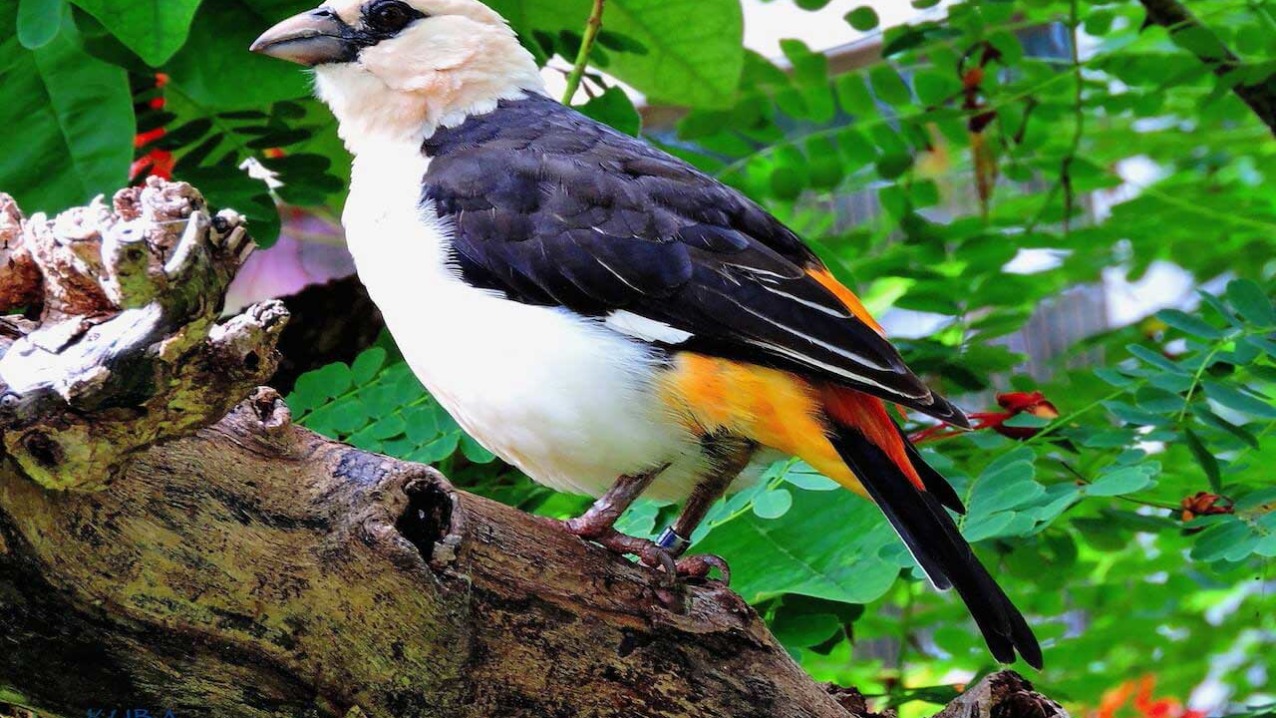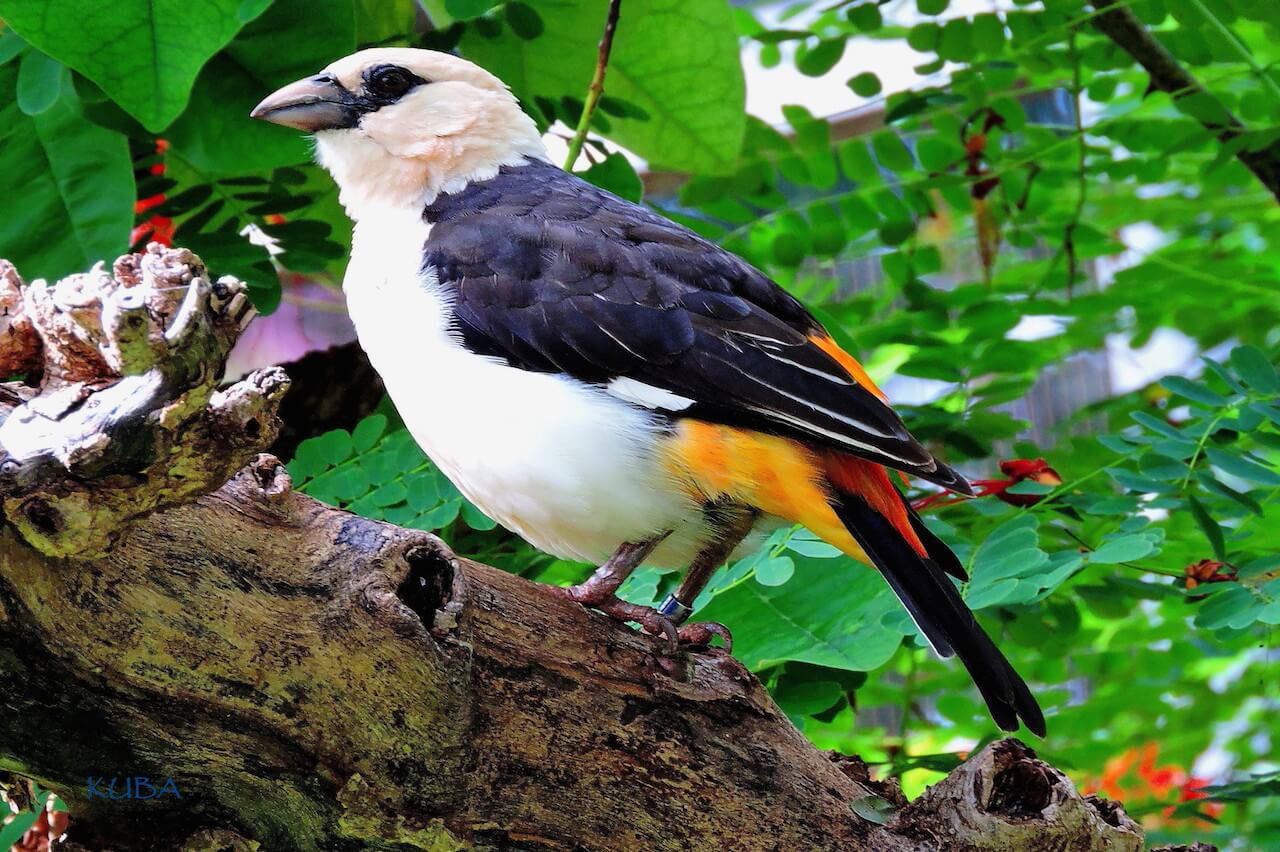dinemellia dinemelli
White-headed Buffalo Weaver
About Me
Scientific Name: Dinemellia dinemelli
Description
Usually seen in small flocks or family parties which sometimes include Superb or other starlings. Noisy and conspicuous when climbing about in trees. Reminiscent of parrots with their acrobatic maneuvers and habit of hanging upside down. Can be very aggressive towards other species in territory, but altercations are usually vocal and seldom fatal.
Fun Facts
They are devoted and hardworking parents. The young do not fall prey to most of the environmental predators of the smaller members of this family.
The white-headed buffalo weaver is native to the African countries of Ethiopia, Kenya, Somalia, Sudan, Tanzania, and Uganda.
Kingdom: Animalia
Phylum: Chordata
Class: Aves
Order: Passeriformes
Usually seen in small flocks or family parties which sometimes include Superb or other starlings. Noisy and conspicuous when climbing about in trees. Reminiscent of parrots with their acrobatic maneuvers and habit of hanging upside down. Can be very aggressive towards other species in territory, but altercations are usually vocal and seldom fatal. This species is monochromatic and monomorphic, making sexual identification difficult. Both cocks and hens are bold, so behavior is not much of a clue, either.
Small and medium seeds of grasses and shrubs including acacia, small insects, and small fruits.
Eastern Africa, primarily Ethiopia, northern Kenya, and Tanzania. Found in dry savanna, open thorn scrub and acacia woodland.
Buffalo weavers nest in open, loose colonies. The nest is built high in a tree in a fork of branches. It is a large, rather untidy structure of twigs and coarse grasses, the short tubular entrance being on the bottom. Fine grasses and feathers provide a warm lining and both birds work on the construction.
Clutch size ranges from 3-5 eggs. Greenish white in color, they are sometimes marked with red or brown spots and streaks are the cap end. Incubation lasts 14 days and the young, fed mostly on insects and small seeds, fledge in about 3 weeks.
Not much information is available from captive observation. This species has historically been kept primarily by zoos, only a few at that, and rarely in numbers that allow keepers to draw general conclusions.
They have been raised in captivity on a number of occasions. One of their most outstanding features is the boldness with which they display to each other and threaten others, including their keepers. They will take a position slightly higher than the intruder and within just a few feet to offer their threats of violence. They are fond of throwing bits of tree bark and small twigs at perceived challengers, including those many times their size. They mean business and are usually successful at holding their territory.
They are devoted and hardworking parents. The young do not fall prey to most of the environmental predators of the smaller members of this family. If more than one pair are to be housed together, it will be most successful to combine three or more pairs as one against one (two pair) is almost always a recipe for fighting.
Some parents will tolerate the presence of their weaned young longer than others; keep a sharp eye out for parental aggression, especially from the male.
Other Birds
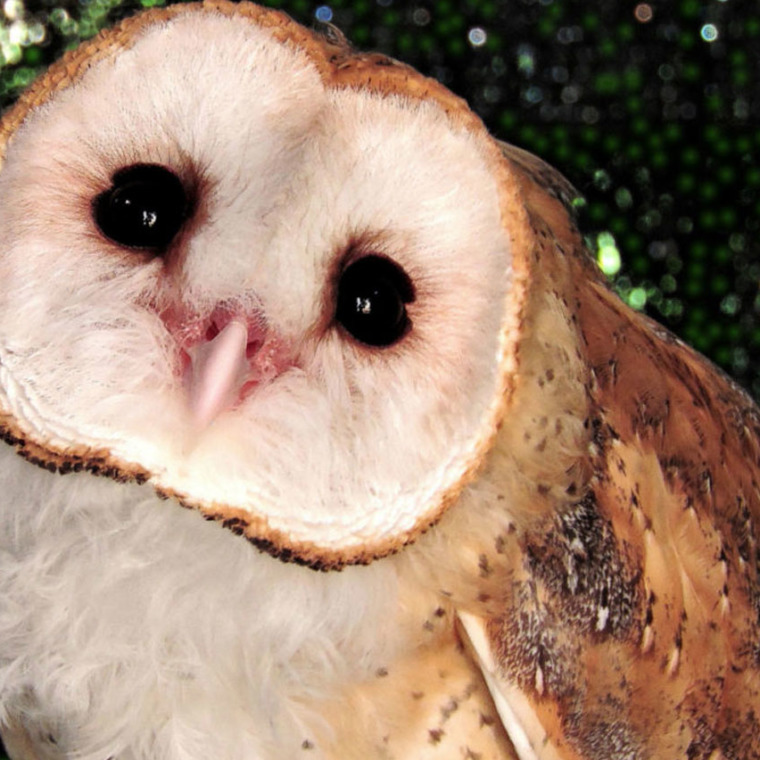
Barn Owls are found throughout the globe, in Europe, Africa, Asia, Austrailia, and the Americas
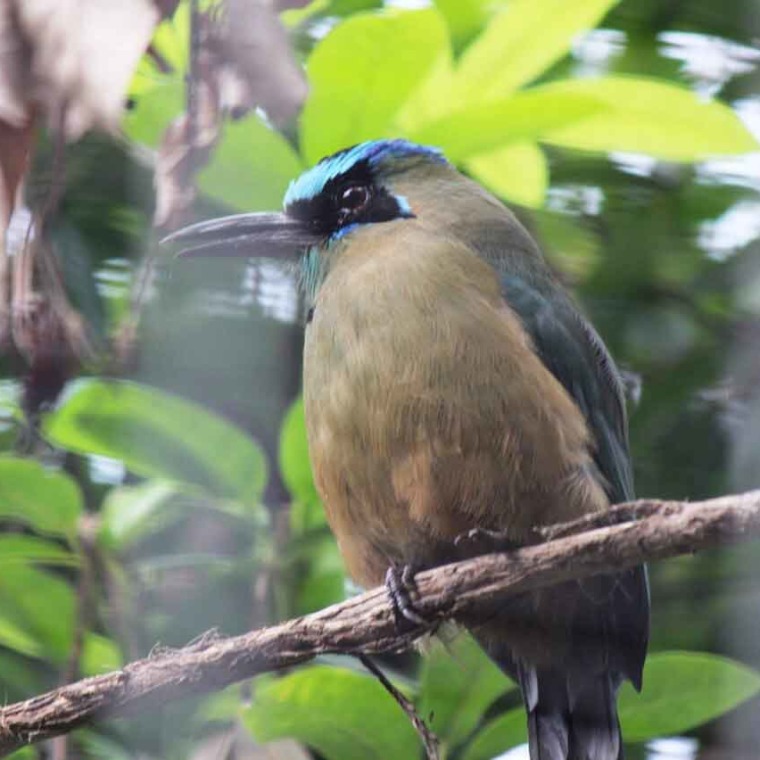
This animal can grow over a foot in length! Motmots possess a serrated beak and red eyes, with a black mask that encircles their heads.
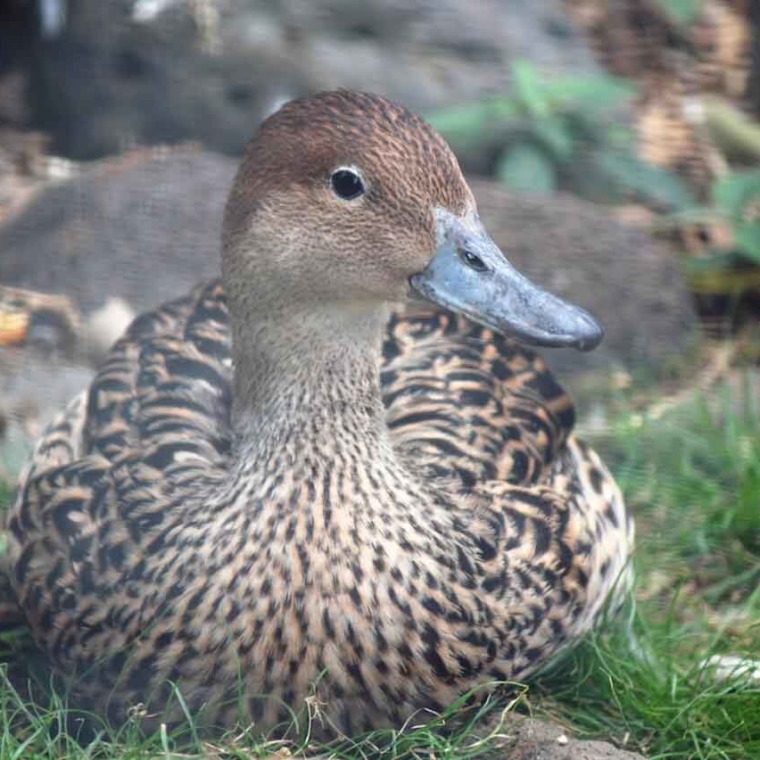
Koloa maoli are very secretive and difficult to observe except in protected areas such as Hanalei National Wildlife Refuge on Kauai.
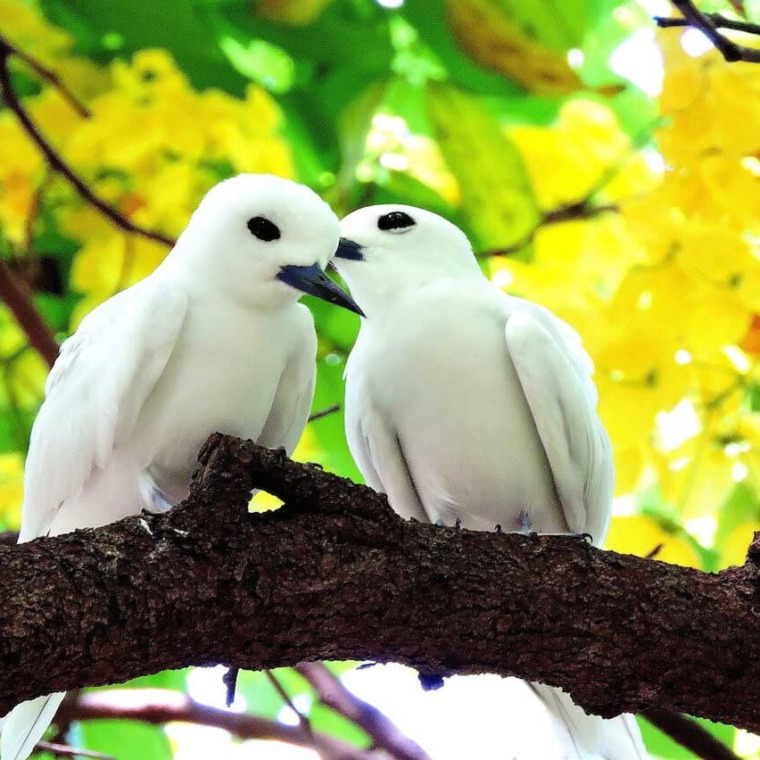
This bird is found primarily on islands, and has a wide ranger across the equatorial band of every ocean on Earth, save for the Arctic Ocean, which does not cross the equator.
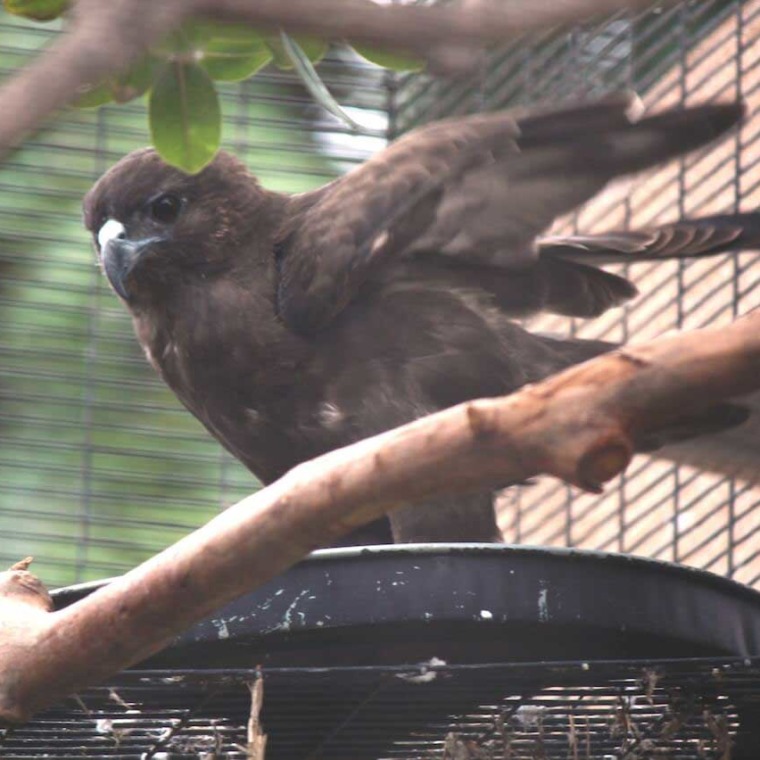
’Io prefer to hunt from tall perches that they use to survey their prey; however, they are known to dive at targets from mid-flight if the opportunity presents itself. are territorial and come together only to breed.


